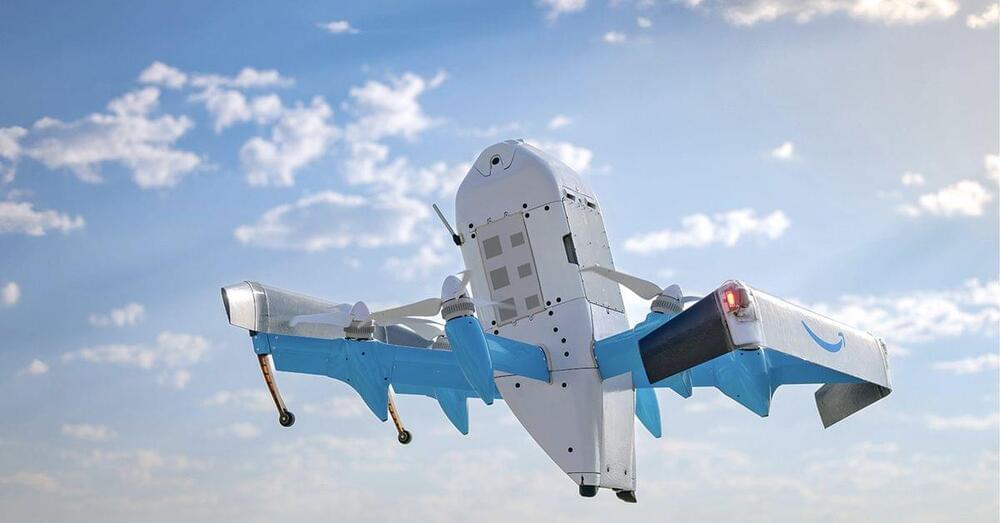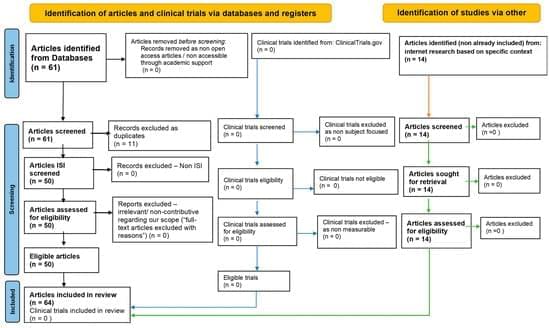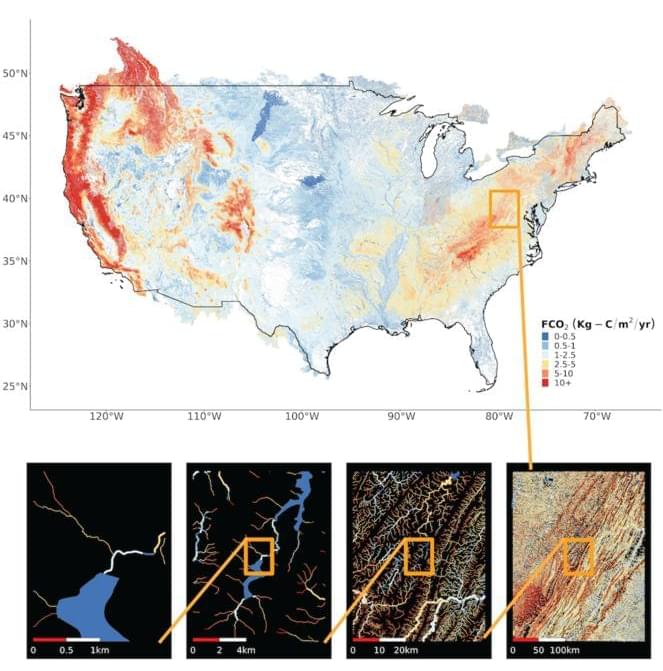Page 13
Nov 5, 2024
Design an interstellar ‘generation ship’ to spend decades among the stars with Project Hyperion competition
Posted by Genevieve Klien in category: space travel
A new design competition, dubbed Project Hyperion, is calling for submissions for the design of a crewed interstellar generation ship.
Nov 5, 2024
A New Paradigm in Quantum Physics
Posted by Genevieve Klien in categories: computing, mathematics, quantum physics
In a study published in Physical Review Letters, researchers at the Center for Computational Quantum Physics (CCQ) at the Flatiron Institute have revealed that the quantum problem they solved, which involved a specific two-dimensional quantum system of flipping magnets, exhibits a behavior known as confinement. This problem explains why they defeated the quantum computer in its own game. Only one-dimensional systems had previously exhibited this behavior in quantum condensed matter physics.
The researchers revealed earlier this year that they had completely surpassed a quantum computer at a task that some believed could only be completed by quantum computers by using a classical computer and complex mathematical models.
According to lead author Joseph Tindall, a research fellow at the CCQ, this surprising discovery is giving researchers a framework for evaluating novel quantum simulations and aiding in their understanding of the boundary between quantum and classical computers’ capabilities.
Nov 5, 2024
Canadian Startup Aims to Make Hydrogen an Everyday Fuel
Posted by Genevieve Klien in categories: energy, innovation
Nov 5, 2024
Bill Faloon on Age Reversal at RAADfest 2024 (Keynote Presentation)
Posted by John Davies in category: genetics

In his keynote presentation at RAADfest 2024, Bill Faloon discusses research updates about age-reversal research including IL-11 inhibition, young plasma transfer, epigenetic reprogramming, and other topics.
Nov 5, 2024
Investigating Critical Period Effects in Language Acquisition through Neural Language Models
Posted by Cecile G. Tamura in categories: neuroscience, policy
Ionut Constantinescu, Tiago Pimentel, Ryan Cotterell, Alex Warstadt ETH Zurich 2024 https://arxiv.org/abs/2407.
Children are better at learning a…
We’ve detected that JavaScript is disabled in this browser. Please enable JavaScript or switch to a supported browser to continue using x.com. You can see a list of supported browsers in our Help Center.
Nov 5, 2024
How one remarkable cell transformed simple prehistoric sea creatures into today’s complex animals of land, sea and sky
Posted by Genevieve Klien in category: evolution
Discover the pivotal role of a single type of cell that sparked the incredible evolution from simple sea creatures of 800 million years ago to the diverse array of complex animals we see today.
Nov 5, 2024
Hydrogen Sulfide and Gut Microbiota: Their Synergistic Role in Modulating Sirtuin Activity and Potential Therapeutic Implications for Neurodegenerative Diseases
Posted by Arthur Brown in categories: biotech/medical, life extension, neuroscience
The intricate relationship between hydrogen sulfide (H2S), gut microbiota, and sirtuins (SIRTs) can be seen as a paradigm axis in maintaining cellular homeostasis, modulating oxidative stress, and promoting mitochondrial health, which together play a pivotal role in aging and neurodegenerative diseases. H2S, a gasotransmitter synthesized endogenously and by specific gut microbiota, acts as a potent modulator of mitochondrial function and oxidative stress, protecting against cellular damage. Through sulfate-reducing bacteria, gut microbiota influences systemic H2S levels, creating a link between gut health and metabolic processes. Dysbiosis, or an imbalance in microbial populations, can alter H2S production, impair mitochondrial function, increase oxidative stress, and heighten inflammation, all contributing factors in neurodegenerative diseases such as Alzheimer’s and Parkinson’s.
Nov 5, 2024
New Model Estimates CO2 Emissions from 22 Million U.S. Inland Waters
Posted by Laurence Tognetti, Labroots Inc. in categories: climatology, sustainability
What is the level of carbon emissions across the United States? This is what a recent study published in AGU Advances hopes to address as a team of researchers from the University of Massachusetts Amherst conducted the first nationwide analysis of carbon emissions across the United States with the goal of putting constraints on previous analyses regarding the amount of carbon emissions across the United States, also known as the carbon cycle. This study holds the potential to help researchers, climate scientists, and the public better understand the United States’ contribution to climate change and the steps that can be taken to mitigate them.
“We need to know how much CO2 is being generated so we can predict how it will respond to climate change,” said Dr. Matthew Winnick, who is an assistant professor of Earth, Geographic and Climate Sciences at the University of Massachusetts Amherst and a co-author on the study. “As temperature rises, we tend to think that a lot of the natural carbon cycle processes will respond to that and potentially amplify climate change.”
For the study, the researchers collected data on carbon emissions across more than 22 million rivers, lakes, and water reservoirs with the goal of developing a model that could put tighter constraints on previous carbon cycle models. In the end, the researchers’ models estimated approximately 120 million metric tons of carbon, which is approximately 25 percent lower than previous models which estimated approximately 159 million metric tons of carbon. The researchers note these more accurate findings could benefit carbon capturing methods to mitigate climate change.

















